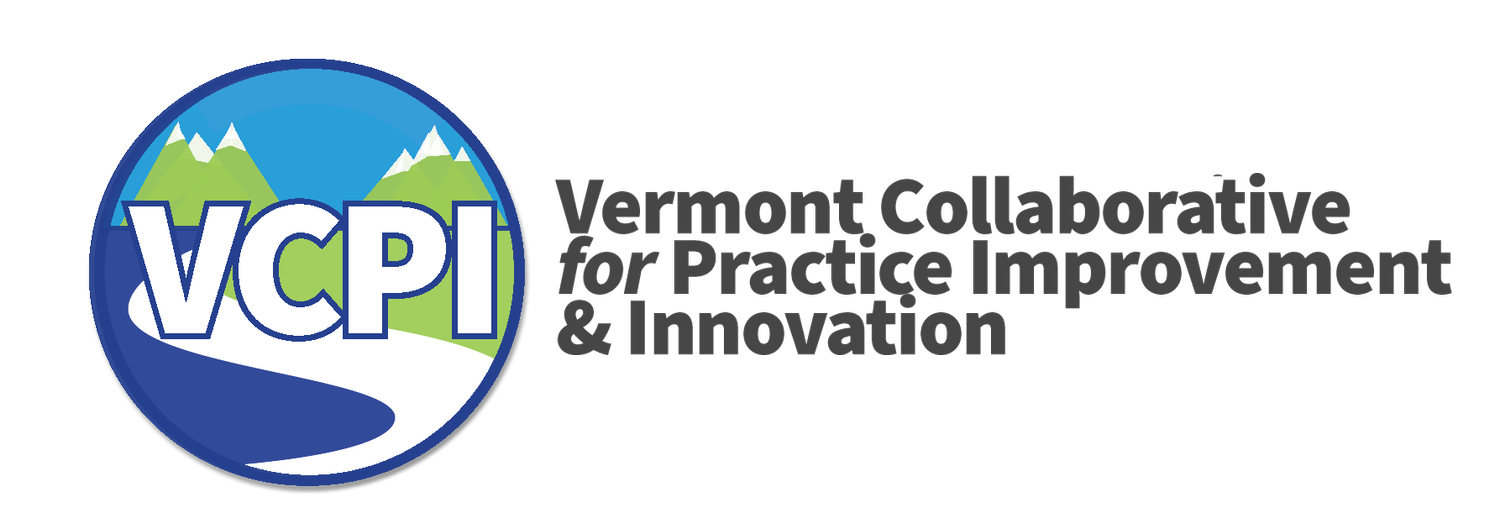
Improving health through tobacco harm reduction
Harm reduction saves lives.
“Harm reduction is a set of practical strategies and ideas aimed at reducing negative consequences associated with drug use. Harm Reduction is also a movement for social justice built on a belief in, and respect for, the rights of people who use drugs, [including nicotine].”
Watch this animated short introducing harm reduction as a principle and method.
Tenets of Tobacco Harm Reduction (THR)
“Tobacco harm reduction is a public health strategy to lower the health risks associated with using nicotine. Smoking tobacco is widely acknowledged as a leading cause of illness and death. However, nicotine itself it not very harmful, as inferred from the long history of use for nicotine replacement therapy products.” CASAA
Harm reduction approaches acknowledge that some level of drug usage is inevitable. Instead of using an abstinence approach (which has proven ineffective), harm reduction seeks to provide safer ways to partake in behaviors that pose a health risk, like using nicotine.
One of the most common tools of tobacco harm reduction practice is to encourage users to reduce or eliminate combustion methods of nicotine ingestion, like cigarette smoking.
This leads to experts to advocate for the switch to other ingestion methods, like nicotine gum, patches, smokeless tobacco, e-cigarettes, and other vapor products as safer methods to use nicotine.
“Harm reduction — specifically THR — is often viewed as a controversial strategy when applied to substance abuse. Opponents of THR argue that some aspects interfere with cessation and abstinence, and could increase use among young people, despite volumes of research suggesting otherwise.” CASAA
Questions to ask when assessing tobacco cessation programs and policies:
-
Smoking a burnt tobacco leaf, not simply ingesting nicotine, is what causes smoking-related diseases. “Epidemiological studies of nicotine replacement therapies (patches, gums, lozenges) and Swedish snus (a form of smokeless tobacco) have shown that nicotine consumption – outside of smoking cigarettes – does not increase a person’s risk of developing [certain] diseases…. Consuming nicotine is not completely risk-free, but the health benefits of quitting smoking far exceed the risks.”
-
“Quitting or recovering from any harmful behavior is not a linear path and recurrence of use is a part of the recovery process. Harm reduction is about cutting risks on a spectrum that includes both abstinence and continued use. In a nicotine context, that may mean quitting all nicotine, smoking fewer cigarettes, or replacing some or all cigarette smoking with lower-risk alternatives.” Kevin Garcia for Filter
-
A harm reduction approach recognizes that structural inequalities, not just individual-level factors, contribute to substance use. Indeed, policies and laws can promote poverty, racism, homophobia, transphobia, and healthcare inequality, amongst other inequalities. Since smoking is often a response to external stressors, it is essential to avoid placing moral value on tobacco use and instead work to improve people’s access to housing, healthcare, and other human rights.
-
Public health campaigns often use fear to encourage people to stop smoking—or to not start smoking combustible cigarettes. They mobilize “fear-arousing messages and personal stories about negative health consequences of smoking,” such as lung cancer. And while these hard-hitting ads sometimes help to reduce smoking, they concurrently generate prejudice and discrimination against people who smoke or who have lung cancer, for example. A harm reduction approach recognizes that stigmatization is also detrimental to public health and is particularly harmful to socially marginalized people.
-
Vaping or smoking e-cigarettes is a proven harm reduction tool and an effective way to quit smoking (tobacco use). However, in 2019, panicked responses to what we now know were tainted, illegal THC cartridges resulted in emergency bans on nicotine vapes. Misleading news headlines provoked fears that e-cigarettes were fatal and that youth would be attracted to vape flavors. Perhaps because “the CDC has still not issued any sort of formal correction that nicotine vapes had nothing to do with the lung injuries,” vaping bans have been made permanent. In addition to eliminating a useful harm reduction tool, these bans also benefit Big Tobacco, as they distract from the dangers of tobacco and sometimes lead to increased sales of combustible cigarettes. Steven Schroeder, former president of the Robert Wood Johnson Foundation, says that, in reality, “much of the energy and money aimed at opposing e-cigarettes has come at the expense of curbing the use of smoked tobacco, which remains the leading cause of preventable death in the United States.”
So what can harm reductionists do?
Here are some harm reduction strategies you can use to help people who smoke.
Reduce Life Stressors
Providing supports to reduce stress (childcare, secure housing, food security, health insurance) in the lives of smokers can help them improve self-regulation and decrease their tobacco use.
Avoid Blaming the Individual
Smoking is not a personal failing. Accept people where they are and acknowledge some tobacco use in our world is inevitable and okay.
Reduce Stigma
Stigmatizing people who smoke seems to lead to an increase in usage.
Avoid using shameful tactics to get people to quit or reduce consumption.
